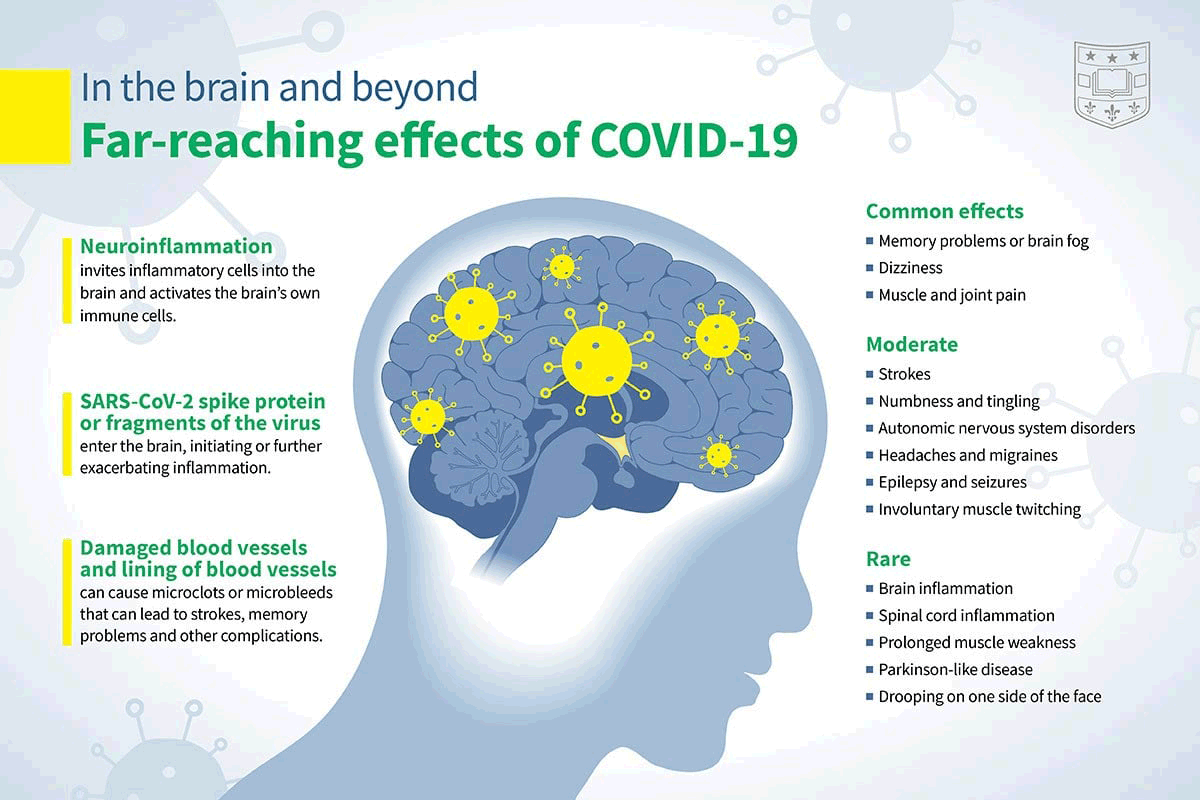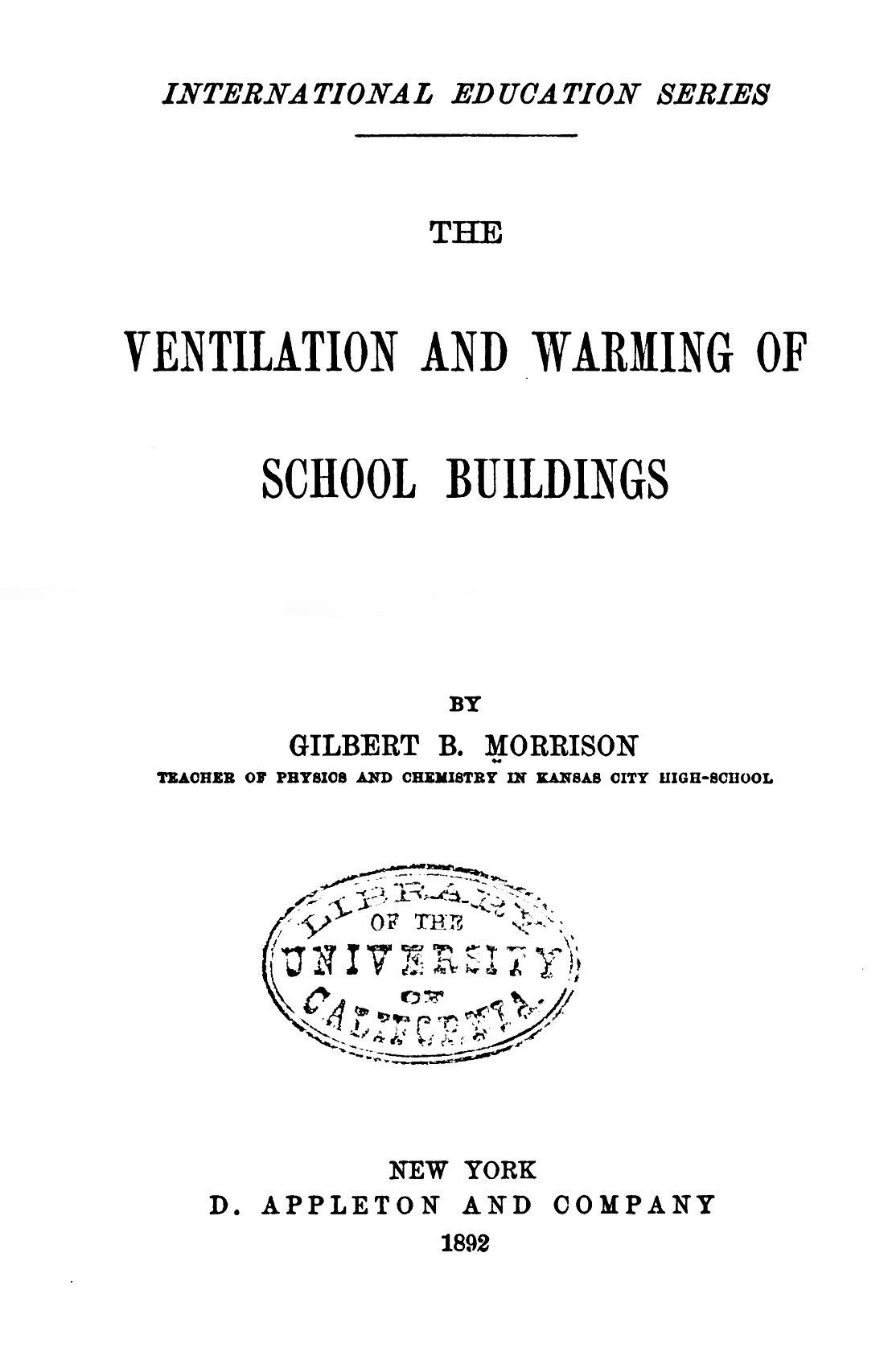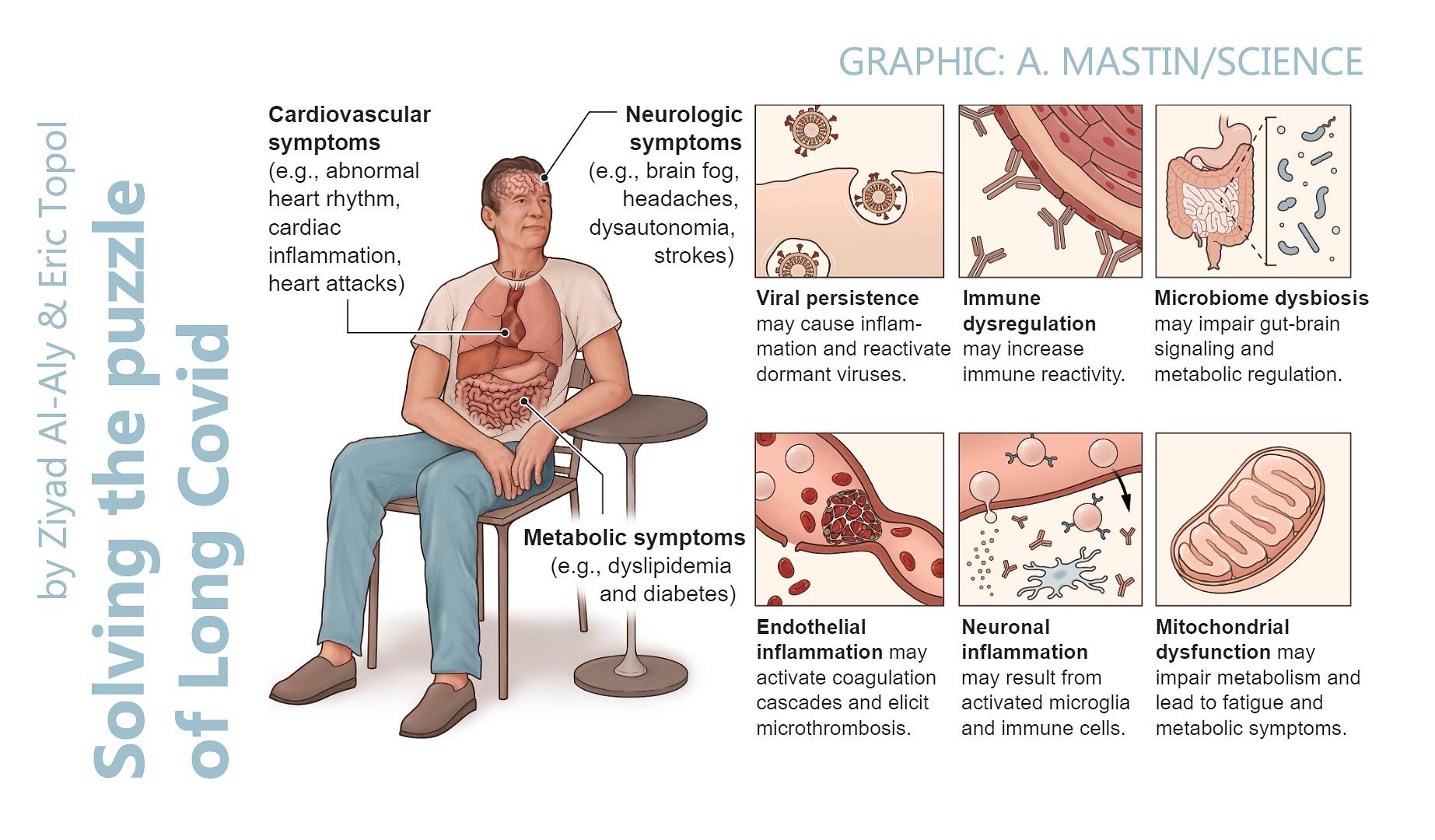on babies and children
‘Death is not the main risk facing most children [regarding SARS-CoV-2 reinfections].
Disability is.’
Blake Murdoch (2023)
❦ on russian roulette and children
‘The prevalence of Long COVID [PASC] in children and adolescents was 25.24%.
The five most prevalent clinical manifestations were mood symptoms (16.50%), fatigue (9.66%), sleep disorders (8.42%), headache (7.84%), and respiratory symptoms (7.62%).’
Lopez-Leon et al (2022)
❦ on winning the race
‘Among children and young people aged 0 to 19 years in the United States, COVID-19 ranked first in deaths caused by infectious or respiratory diseases.’
Flaxman et al (2023)
❦ on spinning the wheel
‘Cognitive difficulties tend to include problems with concentration, short-term memory, and school performance.
Fatigue or low energy is one of the most common symptoms reported in children with Long COVID [PASC], with recent studies suggesting that up to 87% of affected children report fatigue.’
Morrow et al (2022)
❦ on paying the piper
“The price that children pay for being so good at getting rid of the virus in the first place is that they don’t have the opportunity to develop ‘adaptive’ memory to protect them the second time they are exposed to the virus.”
Professor Tri Phan (2023)
❦ on Generation C-19
‘‘Long COVID [PCC] impacts children of all ages.
Children with Long COVID experience fatigue, post-exertional malaise (PEM), cognitive dysfunction, memory loss, headaches, orthostatic intolerance, sleep difficulty, and shortness of breath.’
Davis et al (2023)
❦ Post-exertional malaise (PEM) = the worsening of symptoms following even minor physical or mental exertion, with symptoms typically worsening 12 to 48 hours after activity and lasting for days or even weeks.
❦ Cognitive dysfunction = deficits in attention, verbal and non-verbal learning, short-term and working memory, visual and auditory processing, problem solving, processing speed, and motor functioning.
❦
Orthostatic intolerance
= the inability to remain upright without symptoms.
❦ on repeat infections, and adult responsibility
‘... increased rates of asthma, myocarditis and cardiomyopathy, cardiac dysrhythmias, diabetes, renal failure, venous thromboembolism, and coagulation disorders in children with laboratory-confirmed COVID-19 compared with children without COVID-19.
Reinfection is common and SARS-CoV-2 spreads readily in schools in the absence of mitigation measures, such as the use of masks, portable HEPA air cleaners, and improved ventilation.’
❦ Myocarditis = An inflammation of the heart muscle caused by the body’s immune system in response to an infection or other trigger, and can lead to arrhythmia or cardiomyopathy.
❦ Cardiomyopathy = A condition that affects the heart muscle, causing it to become enlarged, thick, or rigid, making it harder for the heart to pump blood to the rest of the body.
❦ Cardiac dysrhythmia = Also known as arrhythmia: an abnormal rhythm of the heartbeat that can be slower, faster, or more irregular than a normal heart rate.
❦ Renal failure = Renal failure, also known as end-stage renal disease (ESRD), is the fifth and final stage of chronic kidney disease (CKD).
❦ Venous thromboembolism = Venous thrombosis is the blockage of a vein caused by a blood clot.
❦ Coagulation disorders = Disruptions in the body’s ability to control blood clotting, resulting in either haemorrhage or thrombosis.
Dr. Zoë Hyde (2023)
❦ on infants, and disorders of motor function or speech and language
‘In this analysis of 222 offspring of mothers infected with SARS-CoV-2, compared with the offspring of 7550 mothers in the control group (not infected) delivered during the same period, we observed neurodevelopmental diagnoses to be significantly more common among exposed offspring, particularly those exposed to third-trimester maternal infection.
The majority of these diagnoses reflected developmental disorders of motor function or speech and language.’
Edlow et al (2022)
❦ on those aged 0-19
‘Among children and young people aged 0 to 19 years in the USA (1 Aug 2021 to 31 July 31 2022), COVID-19 ranked eighth among all causes of deaths, fifth in disease-related causes of deaths (excluding unintentional injuries, assault, and suicide), and first in deaths caused by infectious or respiratory diseases.’
Flaxman et al (2023)
❦ on those aged 15-19
‘Fatigue, headache, dizziness, dyspnoea, chest pain, dysosmia, dysgeusia, reduced appetite, concentration difficulties, memory issues, mental exhaustion, physical exhaustion and sleep issues were between 2 and 36 times more likely in individuals with Long COVID [Post-Acute Sequelae of COVID-19/PASC] aged 15-19.’
Davis et al (2023)
❦ Dyspnoea = shortness of breath, or breathlessness.
❦ Dysosmia = a change in the ability to smell.
❦
Dysgeusia
= a change in perception of taste.
❦ on zero protections, and hoping for the best
‘In spite of all the evidence for caution, we are now tossing children into a world with nearly zero protections.
Without new silver-bullet scientific discoveries, young children will be pretty much guaranteed to contract new COVID variants over a dozen times by the time they reach adulthood.
We are just hoping that kids will be OK.
I don’t see how they will be.
The data suggest they won’t be.’
Blake Murdoch (2023)
❦ on children and multisystem damage
‘Nearly one quarter of pediatric survivors suffered multisystem Long COVID [post-COVID-19 complications/PASC], even at 1 year after infection.’
Zheng et al (2023)
❦ babies & children ~ further reading
C-19 Archives:
the young


























❦ on babies and children: scientific papers & media articles
✒ 2023
📖 (9 Sep 2023 ~ Acta Paediatrica) Comparative study showed that children faced a 78% higher risk of new-onset conditions after they had COVID-19 ➤
➲ 'Children have largely been unaffected by severe COVID-19 compared to adults, but data suggest that they may have experienced new conditions after developing the disease.
We compared 1656 exposed and 1656 unexposed children from 1 February 2020 to 30 November 2021.
We found significantly higher risks for some new conditions in exposed children, including mental health issues and neurological problems.
The overall excess risk for new-onset conditions after COVID-19 was 78% higher in the exposed than unexposed children.'
❂
📖 (7 Sep 2023 ~ Journal of Tropical Pediatrics) Tissue expression of the SARS-CoV-2 cell receptor gene ACE2 in children ➤
❂
📖 (20 Jul 2023 ~ The Tyee) Long COVID Is Disabling Kids. Why We Ignore It ➤
❂
📖 (20 Apr 2023 ~ Yonsei Medical Journal) Widespread Household Transmission of SARS-CoV-2 B.1.1.529 (Omicron) Variant from Children, South Korea, 2022 ➤
➲ 'The magnitude of the outbreak illustrates how younger children infected from diverse pediatric facilities can be a major source of widespread household transmission with the potential to facilitate community transmission in the era of omicron variant.
With highly transmissible variants such as omicron (B.1.1.529) variant of concern (VOC) and its subvariants becoming dominant globally, the role of children in transmission dynamics needs to be elucidated to take tailored public health and social measures for the control of outbreaks and pandemics.
On epidemiological investigation, frequent and intimate interactions among children, along with inadequate indoor ventilation, were commonly observed in pediatric facilities.
Given the practical challenges of behavior modification among pediatric populations, including consistent and correct mask use and physical distancing, the environmental control interventions, such as improved ventilation systems, upper-room ultraviolet germicidal irradiation, or portable high-efficiency particulate air-filtration appliances, may offer sustained benefits in stemming the virus transmission in pediatric facilities.'
❂
📖 (29 Mar 2023 ~ Journal of Clinical Endocrinology & Metabolism) Accelerated Longitudinal Weight Gain Among Infants With In Utero COVID-19 Exposure ➤
❂
📖 (7 Mar 2023 ~ Journal of Infection and Public Health) Prevalence and risk factor for Long COVID in children and adolescents: A meta-analysis and systematic review ➤
➲ 'The primary objective of this study was to systematically review the available literature and determine the pooled prevalence of Long COVID in pediatric survivors.
Nearly one quarter of pediatric survivors suffered multi-system Long COVID, even at 1 year after infection.'
❂
📖 (20 Feb 2023 ~ The Medical Journal of Australia) Balancing the medical and social needs of children during the COVID-19 pandemic ➤
➲ '... increased rates of asthma, myocarditis and cardiomyopathy, cardiac dysrhythmias, diabetes, renal failure, venous thromboembolism, and coagulation disorders in children with laboratory-confirmed COVID-19 compared with children without COVID-19.'
❂
📖 (30 Jan 2023 ~ JAMA Network Open) Assessment of COVID-19 as the Underlying Cause of Death Among Children and Young People Aged 0 to 19 Years in the US ➤
➲ 'Among children and young people aged 0 to 19 years in the US (1 Aug 2021 to 31 July 31 2022), COVID-19 ranked eighth among all causes of deaths, fifth in disease-related causes of deaths (excluding unintentional injuries, assault, and suicide), and first in deaths caused by infectious or respiratory diseases.'
❂
📖 (26 Jan 2023 ~ News Medical Life Sciences) Children's immune systems do not develop 'adaptive' memory to protect against second-time SARS-CoV-2 infection ➤
❂
📖 (13 Jan 2023 ~ Nature Reviews / Microbiology) Long COVID in children ➤
➲ 'Children with Long COVID experience fatigue, post-exertional malaise, cognitive dysfunction, memory loss, headaches, orthostatic intolerance, sleep difficulty and shortness of breath.'
❂
📖 (1 Jan 2023 ~ JAMA Network / Neurology) Changes in Distribution of Severe Neurologic Involvement in US Pediatric Inpatients With COVID-19 or Multisystem Inflammatory Syndrome in Children in 2021 vs 2020 ➤
➲ 'In this case series of 2168 US patients younger than 21 years hospitalized for acute COVID-19 (34%) or multisystem inflammatory syndrome in children (66%), 476 (22%) had neurologic involvement.
Of these, 42 (9%) had life-threatening conditions, with 23 (55%) having acute central nervous system (CNS) infections/demyelination; 18 of 42 (43%) died or had new neurologic deficits; and most vaccine-eligible patients were unvaccinated.
In 2021, SARS-CoV-2-related severe neurologic involvement in US hospitalized children and adolescents showed a potential increase in diagnoses of acute central nervous system infections/demyelination.'
📖 Related: (5 Jan 2023 ~ Neurology Today) Nearly One-Fifth of Hospitalized Children and Adolescents with SARS-CoV-2 or MIS-C Have Persistent Neurologic Complications ➤
❂
📖 (January 2023 ~ Clinical Immunology) Tracking the clonal dynamics of SARS-CoV-2-specific T cells in children and adults with mild/asymptomatic COVID-19 ➤
❂
✒ 2022
📖 (26 Dec 2022 ~ Journal of Clinical Medicine) Mid- and Long-Term Atrio-Ventricular Functional Changes in Children after Recovery from COVID-19 ➤
➲ 'Our findings shed new light on the cardiac impact of COVID-19 in paediatric age. 60% of children who recovered from asymptomatic or mildly symptomatic COVID-19 still exhibit mild subclinical systolic cardiac impairment after an average follow-up.'
❂
📖 (8 Dec 2022 ~ Diagnostics)
Cardiac Involvement in Children Affected by COVID-19: Clinical Features and Diagnosis ➤
❂
📖 (20 Sep 2022 ~ Imaging Technology News) Lasting Lung Damage Seen in Children and Teens after COVID ➤
❂
📖 (20 Sep 2022 ~ Radiology) Pulmonary Dysfunction after Pediatric COVID-19 ➤
➲ 'Low-field-strength MRI showed persistent pulmonary dysfunction in children and adolescents who recovered from COVID-19 and those with Long COVID.'
❂
📖 (Sep 2022 ~ Journal of Pediatric Gastroenterology and Nutrition) Long COVID-19 Liver Manifestation in Children ➤
❂
📖 (5 Aug 2022 ~ Morbidity and Mortality Weekly Report / CDC) Post-COVID-19 Symptoms and Conditions Among Children and Adolescents – March 1, 2020-January 31, 2022 ➤
❂
📖 (23 Jun 2022 ~ CNN Health) Long Covid can affect children of all ages, including infants, study shows ➤
❂
📖 (23 Jun 2022 ~ Nature Scientific Reports) Long COVID in children and adolescents: a systematic review and meta-analyses ➤
➲ 'The prevalence of Long COVID in children and adolescents was 25.24%.
The five most prevalent clinical manifestations were mood symptoms (16.50%), fatigue (9.66%), sleep disorders (8.42%), headache (7.84%), and respiratory symptoms (7.62%).
Interestingly, many of the symptoms identified in these meta-analyses associated to Long COVID, such as mood, fatigue, sleep disorders, orthostatic intolerance, decreased concentration, confusion, memory loss, balance problems, exercise intolerance, hyperhidrosis, blurred vision, body temperature dysregulation, dysfunction on heart, rate variability and palpitations, constipation or diarrhea, and dysphagia, are commonly present in dysautonomia.'
❂
📖 (22 Jun 2022 ~ The Lancet / Child & Adolescent Health) Long COVID symptoms in SARS-CoV-2-positive children aged 0-14 years and matched controls in Denmark (LongCOVIDKidsDK): a national, cross-sectional study ➤
❂
📖 (9 Jun 2022 ~ JAMA Network Open) Neurodevelopmental Outcomes at 1 Year in Infants of Mothers Who Tested Positive for SARS-CoV-2 During Pregnancy ➤
➲ 'In this analysis of 222 offspring of mothers infected with SARS-CoV-2, compared with the offspring of 7550 mothers in the control group (not infected) delivered during the same period, we observed neurodevelopmental diagnoses to be significantly more common among exposed offspring, particularly those exposed to third-trimester maternal infection.
The majority of these diagnoses reflected developmental disorders of motor function or speech and language.'
❂
📖 (1 Apr 2022 ~ Future Microbiology) Clinical characteristics, activity levels and mental health problems in children with long coronavirus disease: a survey of 510 children ➤
➲ 'The authors performed a survey in children suffering from persistent symptoms since initial infection. A total of 510 children infected between January 2020 and January 2021 were included.
Symptoms such as fatigue, headache, muscle and joint pain, rashes and heart palpitations and issues such as lack of concentration and short-term memory problems were particularly frequent and confirm previous observations, suggesting that they may characterize this condition.'
❂
📖 (9 Mar 2022 ~ Adolescent Medicine) Long-Term COVID 19 Sequelae in Adolescents: the Overlap with Orthostatic Intolerance and ME/CFS ➤
➲ 'Fatigue or low energy is one of the most common symptoms reported in children with Long COVID, with recent studies suggesting that up to 87% of affected children report fatigue.
Fatigue in this population often leads to difficulty with physical and cognitive activity, which can limit participation in school, extracurricular activities, and sports.'
❂
📖 (3 Feb 2022 ~ European Respiratory Journal) Risk factors for post-COVID-19 condition in previously hospitalised children using the ISARIC Global follow-up protocol: a prospective cohort study ➤
➲ 'A quarter of children experienced persistent symptoms months after COVID-19 infection, with almost one in 10 experiencing multisystem involvement. Older age and allergic diseases were associated with higher risk of persistent symptoms at follow-up.'
❂
📖 (20 Jan 2022 ~ BMJ: Editorials) Long covid in children and adolescents ➤
❂
✒ 2021
📖 (3 Sep 2021 ~ The Pediatric Infectious Disease Journal) Long COVID in children: observations from a designated pediatric clinic ➤
❂
📖 (1 Sep 2021 ~ BMJ: News) Long covid: One in seven children may still have symptoms 15 weeks after infection, data show ➤
❂
📖 (19 Aug 2021 ~ European Journal of Nuclear Medicine and Molecular Imaging) Similar patterns of [18F]-FDG brain PET hypometabolism in paediatric and adult patients with long COVID: a paediatric case series ➤
❂
📖 (14 Jul 2021 ~ Nature: News) Long COVID and kids: scientists race to find answers ➤
❂
📖 (5 July 2021 ~ European Heart Journal: Cardiovascular Imaging) Left ventricular longitudinal strain alterations in asymptomatic or mildly symptomatic paediatric patients with SARS-CoV-2 infection ➤
➲ 'SARS-CoV-2 infection may affect left ventricular deformation in 26% of children despite an asymptomatic or only mildly symptomatic acute illness.
A follow-up is needed to verify the reversibility of these alterations and their impact on long-term outcomes.'
❂
📖 (20 Mar 2021 ~ Acta Paediatrica) Long-term symptoms of COVID-19 in children ➤
❂
📖 (20 Apr 2021 ~ The Lancet / Child & Adolescent Health) Post-acute COVID-19 outcomes in children with mild and asymptomatic disease ➤
❂
📖 (April 2021 ~ The Lancet COVID-19 Commission) The Lancet COVID‐19 Commission Task Force on Safe Work, Safe School, and Safe Travel. Designing infectious disease resilience into school buildings through improvements to ventilation and air cleaning. ➤
➲ 'Buildings play a critical role in minimizing, or conversely exacerbating, the spread of airborne infectious diseases.
COVID-19 outbreaks occur indoors, and within-room long-range transmission beyond two meters (six feet) has been well documented in conditions with no masking and low ventilation rates.
Schools are chronically under-ventilated.'
❂
✒ 2020
📖 (9 Nov 2020 ~ Circulation) Acute Cardiovascular Manifestations in 286 Children With Multisystem Inflammatory Syndrome Associated With COVID-19 Infection in Europe ➤
➲ 'A total of 286 children from 55 centers in 17 European countries were included.
The median age was 8.4 years (interquartile range, 3.8-12.4 years) and 67% were boys.
The most common cardiovascular complications were shock, cardiac arrhythmias, pericardial effusion, and coronary artery dilatation.
Cardiac involvement is common in children with multisystem inflammatory syndrome associated with the Covid-19 pandemic.'
❂


